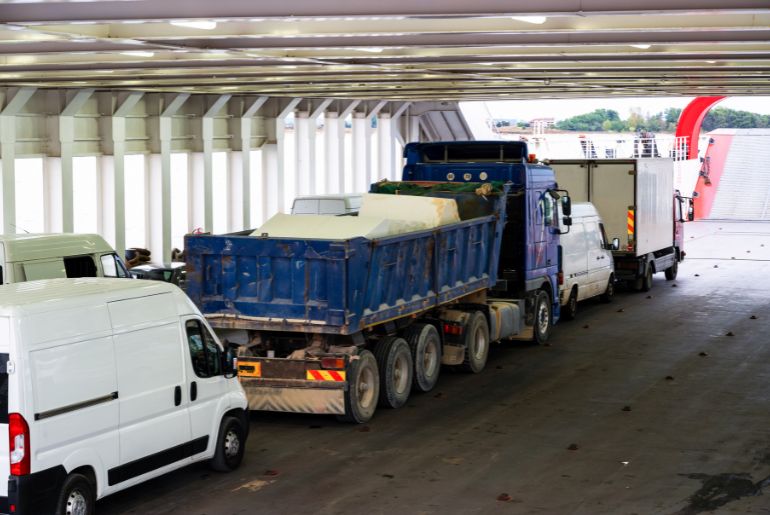India’s logistics and mobility ecosystem witnessed a sharp uptick in activity in September 2025, driven by pre-festive demand, GST rate reductions, and renewed consumer confidence across both rural and urban markets, according to the latest Shriram Mobility Bulletin. The report highlights robust goods movement in anticipation of the GST Bachat Utsav, signaling a strong start to the festive quarter.
Truck rentals surged across major routes, with a 1.9% month-on-month (MoM) increase on corridors such as Delhi–Kolkata–Delhi, 1.5% on Bengaluru–Mumbai–Bengaluru, and 1.2% on Mumbai–Chennai–Mumbai, reflecting intensified trade flows. Several transport hubs reported truck shortages in the final week of September as industries and distributors accelerated shipments to retail markets.
However, logistics operations in eastern India, particularly in West Bengal and along National Highway 19 (NH 19), were affected by heavy rainfall, disrupting short-haul transport and supply chains.
Adding to the evolving logistics landscape, the proposed ban on BS IV vehicles entering New Delhi from November 1, 2025, is expected to impact freight operations and may push transportation costs higher in the National Capital Region (NCR) in the months ahead.
Vehicle Sales and EV Adoption Show Strong Momentum
Vehicle retail activity in September showcased steady growth and early signs of festive readiness. Goods carrier sales remained stable, while e-rickshaws with carts registered a slight MoM dip. Meanwhile, the electric mobility segment continued to gain momentum—electric two-wheelers rose 2% MoM and 73% year-on-year (YoY), while electric three-wheelers surged 330% YoY, indicating strong adoption in commercial and last-mile transport applications.
Fuel Consumption and Mobility Indicators
Fuel consumption reflected seasonal moderation during September, with petrol sales down 4% MoM and diesel consumption up 3% MoM. On a YoY basis, petrol demand grew 7.5%, and diesel demand rose 6.3%, signalling resilience in transport activity and road mobility despite volatile weather and policy shifts.
Commenting on the trends, Mr Y. S. Chakravarti, CEO and Managing Director, Shriram Finance Ltd, said:
“The government’s decision to lower GST rates has boosted consumer activity and increased goods movement across the country. The shortage of trucks to transport goods to retail and commercial hubs reflects strong pre-festive demand. While the logistics sector is optimistic about GST relief measures, the combination of above-normal monsoon rains, a robust kharif harvest, and stable policy rates has further strengthened purchasing power in both rural and urban markets. However, the upcoming BS IV vehicle entry ban in New Delhi could cause temporary disruptions.”
FASTag and E-Way Bill Indicators Remain Resilient
FASTag transactions saw sequential moderation, with volumes declining 8.6% MoM to 349.25 million and toll collections dropping 7.8% MoM to ₹6,501 crore. Yet, on a YoY basis, FASTag volumes grew 10%, and values increased 16%, reflecting sustained improvement in highway traffic and toll efficiency.
Similarly, E-way bill generation showed a minor MoM dip but continued to post strong double-digit YoY growth. Intra-state e-way bills fell 2% MoM but rose 26% YoY, while interstate bills declined 1% MoM and increased 19% YoY, highlighting consistent trade activity and logistics resilience.
As the festive season approaches, India’s logistics and mobility sectors appear poised for a strong performance, backed by improving demand, government incentives, and rising economic optimism.

